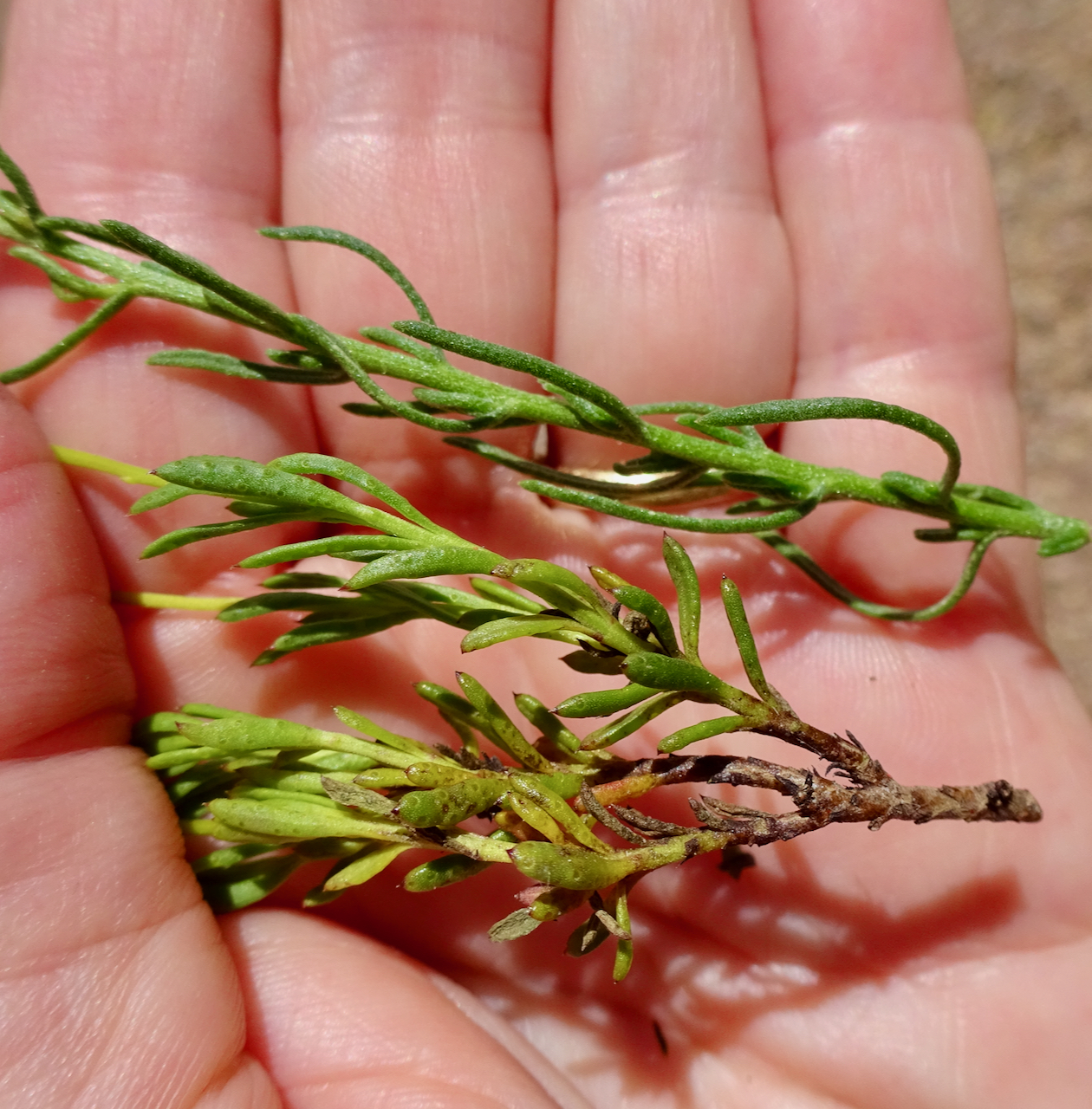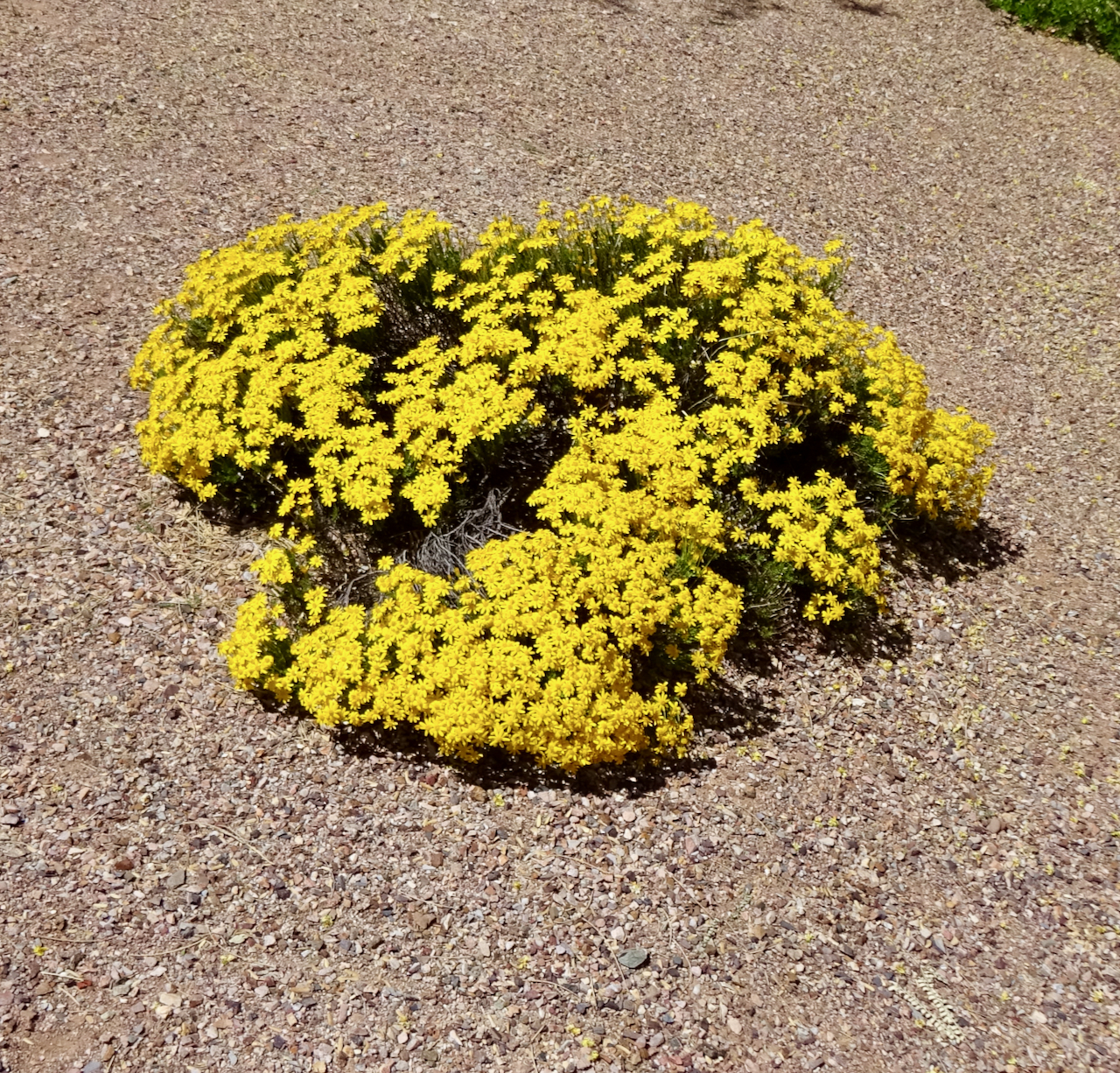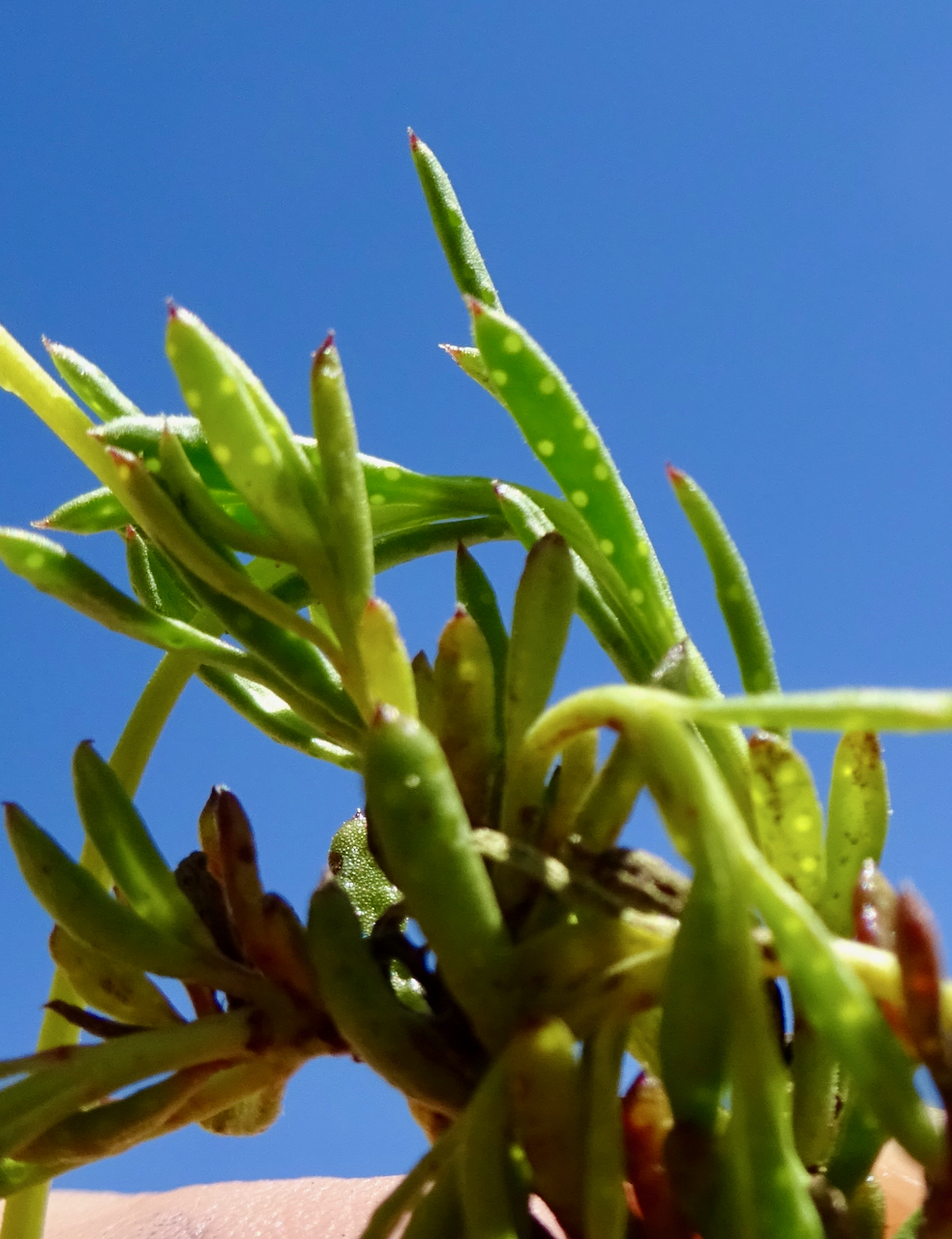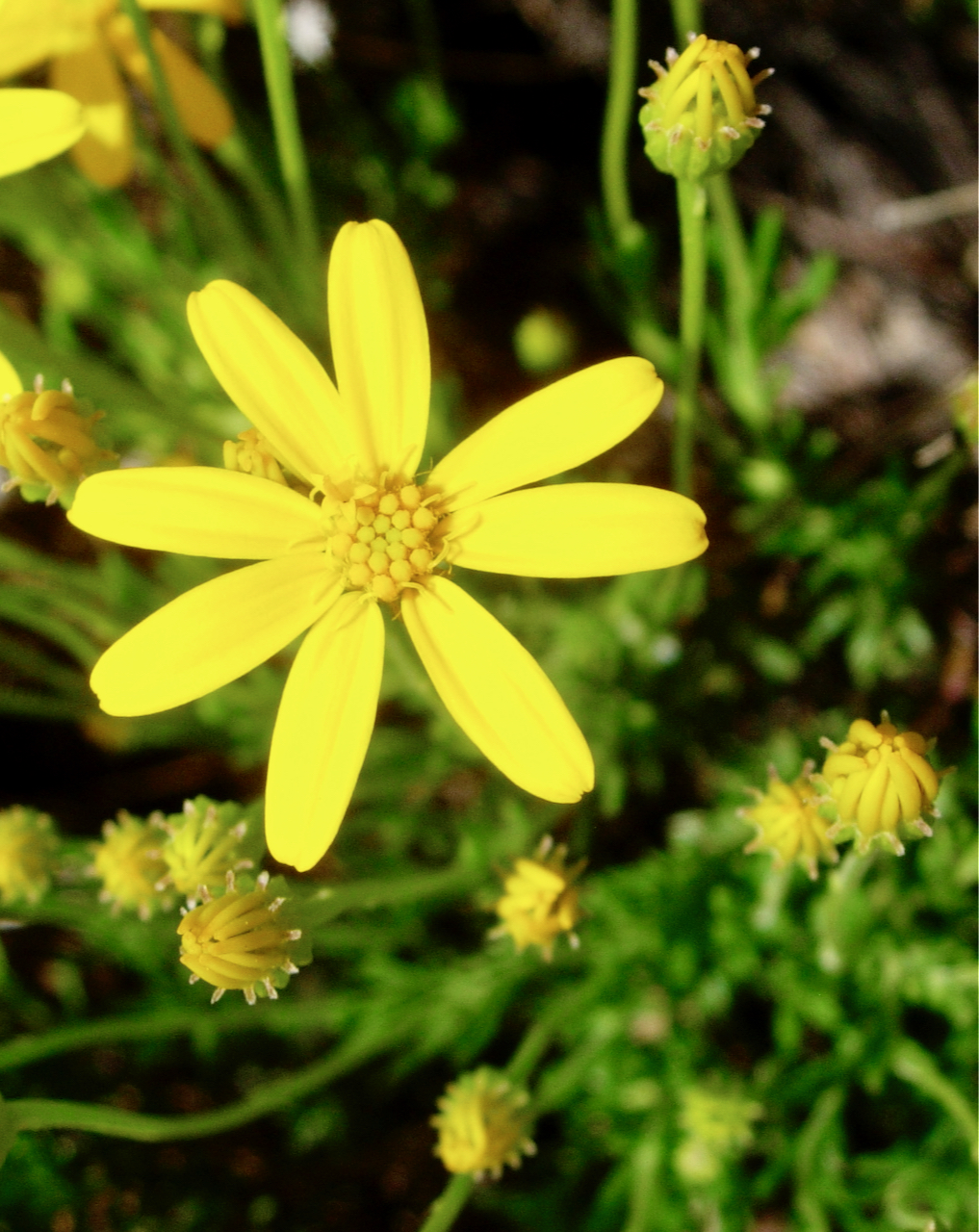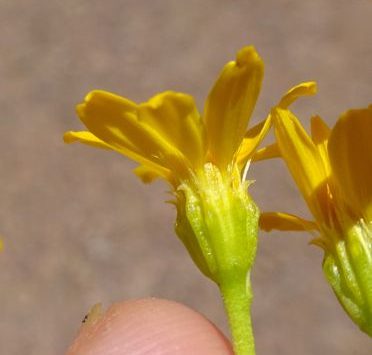Damianita
Chrysactinia mexicana
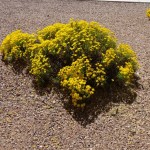
About the Plant
For a small shrub, damianita makes a big splash in the landscape. In spring it is covered with hundreds of bright yellow flowers. You'll see flowers on and off through the rest of the warm season, too. The foliage is evergreen and aromatic, a further attraction. Use damianita as an edging plant (make sure to take into account its 3-foot width) or group together to form a groundcover.
Grow damianita in full sun and well-drained soil. Though surviving on natural rainfall in its natural range (southern Texas and New Mexico plus adjacent Mexico), it flowers best with irrigation during the summer. Avoid overhead watering and don't keep the soil consistently moist - both can cause problems with fungal disease.
Resources vary in their recommendations for pruning. Please follow the links below for various opinions. Mary Irish, in "Perennials for the Southwest", recommends pruning only in cool weather. Arizona summers are harsher than the plant's native habitat, which may explain the wide range of pruning recommendations.
Notes:
Damianita may be confused with turpentine bush (Ericameria laricifolia) when not in bloom. Look closely at the leaves, holding them up to the light. The leaves of damianita have circular, somewhat transparent glands. The leaves of turpentine bush have smaller, sunken glands. The leaves are a different shape also. Damianita leaves are often broader near the tip and are held close together on the stem. The leaves of turpentine bush are the same width their entire length and are clearly separated from each other on the stem. In the photo below, turpentine bush leaves are on the top, damianita leaves on the bottom. You can see the circular glands in the damianita leaves.
Once they flower, the two plants are easy to tell apart. Damianita blooms in spring (turpentine bush does not, it blooms late fall) and the flowers have 8 or more rays (turpentine bush flowers have no more than 6 rays and they are often curled backward). Each damianita flower is held singly, an inch or two above the foliage. Turpentine bush flower heads are held much closer to the leaves. For a more detailed look see The Weekly Plant: Damianita and The Weekly Plant: Turpentine Bush.
Wildlife value: Listed in some sources as a nectar plant for butterflies
More Information
Information from Texas Native Plants Database
Horticultural information from ASU
In books:
Perennials for the Southwest by Mary Irish, page 116.
Native Plants for Southwestern Landscapes, page 111.
